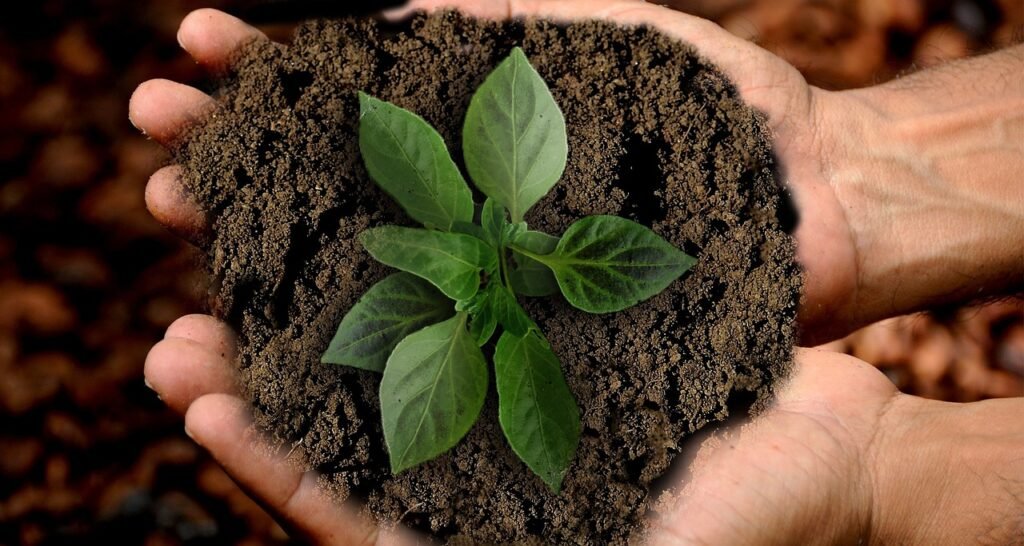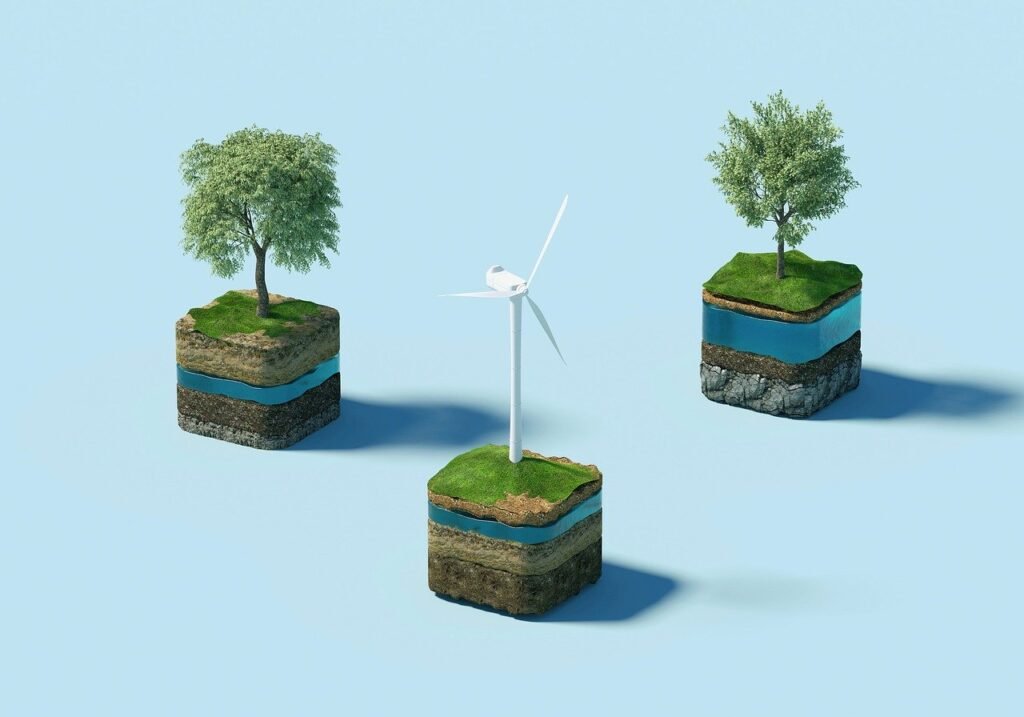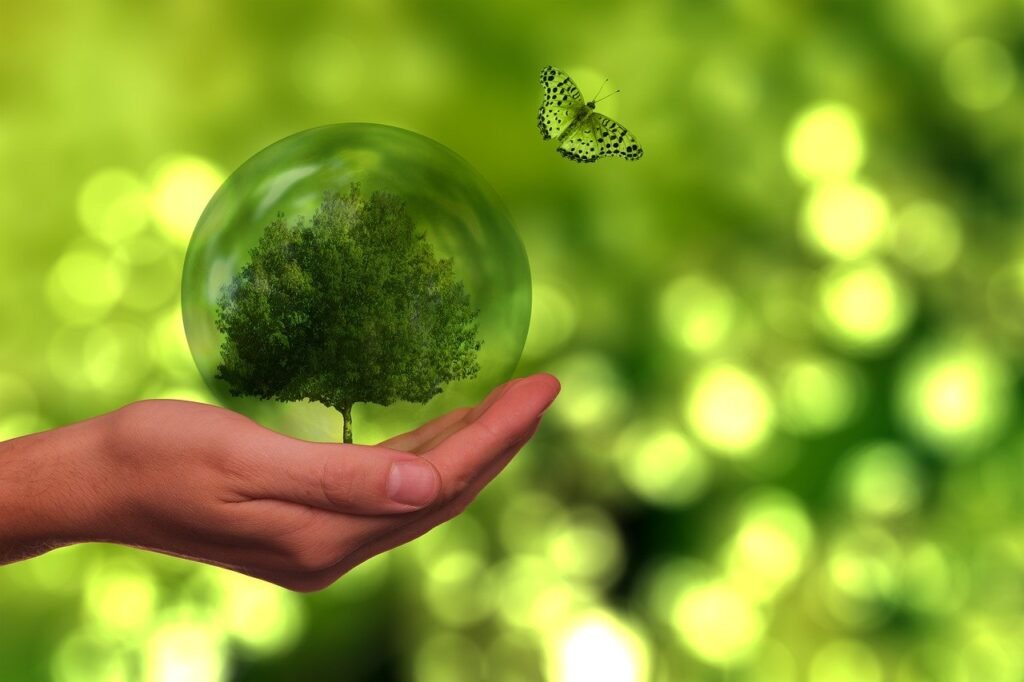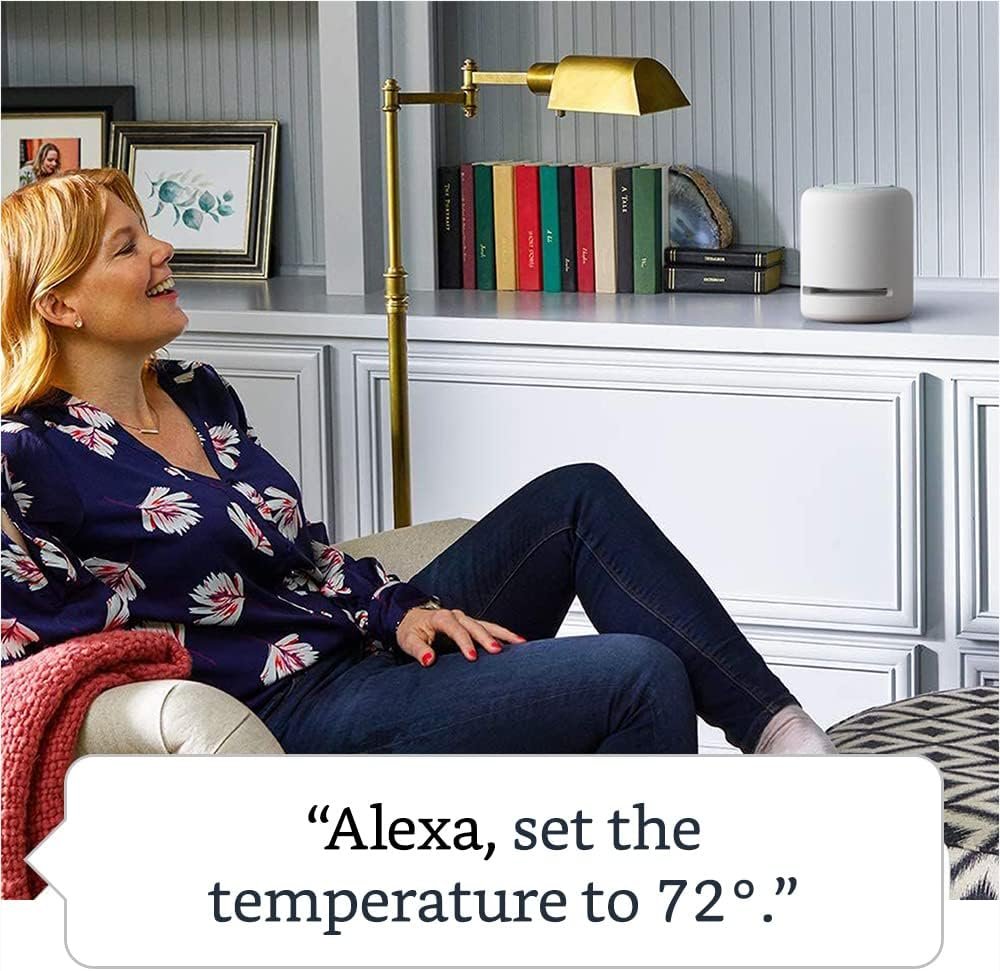Have you ever wondered why more people are choosing to build green homes? The trend toward environmentally sustainable living isn’t just a passing fad. It’s a conscious choice driven by multiple compelling reasons. As more of us become aware of our impact on the planet, the concept of green homes has gained tremendous attention. Whether it is reducing one’s carbon footprint or realizing long-term cost savings, there are various motivating factors behind the decision to go green when it comes to housing.

Understanding Green Homes
Before diving into why people choose to build green homes, let’s start by understanding what they actually are. A green home is designed to be environmentally friendly and sustainable. It maximizes the use of natural resources while minimizing the negative impacts on the environment. These homes incorporate energy efficiency, water conservation, use of sustainable materials, and the overall reduction of waste.
Key Features of Green Homes
One of the most crucial aspects of green homes is energy efficiency. This can be achieved through smart design, the use of energy-efficient appliances, and harnessing renewable energy sources like solar panels. Water conservation is another feature, often implemented through rainwater harvesting systems and low-flow fixtures. The use of sustainable materials, such as bamboo flooring or recycled glass countertops, further contributes to the home’s eco-friendly profile. Reducing waste during construction, by recycling or repurposing materials, is also significant.
Environmental Benefits
One of the primary reasons people build green homes is to minimize their environmental impact. Traditional building practices can be harmful to the planet, contributing to deforestation, pollution, and waste. In contrast, green homes focus on sustainability and conservation.
Reduced Carbon Footprint
Green homes are designed to reduce greenhouse gas emissions significantly. By utilizing renewable energy sources and optimizing energy efficiency, these homes contribute to lowering the carbon footprint of their occupants. Moreover, the use of local and sustainable building materials helps reduce the emissions associated with transportation and production.
Conservation of Natural Resources
Green homes often incorporate features like efficient insulation, low-energy lighting, and high-performance windows, all contributing to reduced energy consumption. Water conservation systems, such as greywater recycling and drought-resistant landscaping, further promote the sustainable use of natural resources.

Health and Wellbeing
Another compelling reason people opt for green homes is the positive impact on health and wellbeing. Indoor air quality is a major concern in conventional homes, where harmful chemicals and poor ventilation can affect residents’ health. Green homes, however, prioritize healthier living conditions.
Improved Indoor Air Quality
Green homes use materials that emit little or no volatile organic compounds (VOCs), thus enhancing indoor air quality. Additionally, many designs include advanced ventilation systems that continually refresh indoor air, reducing the risk of pollutants and allergens.
Connection to Nature
Many green homes incorporate biophilic design principles, which seek to connect occupants with nature. Whether it’s through the use of natural lighting, views of the outdoors, or indoor plants, these elements can have a calming effect, reduce stress, and contribute to overall wellbeing.
Economic Incentives
While the initial investment in a green home may be higher, the long-term economic benefits can be substantial. Building green is often seen as a wise financial move due to the numerous savings and financial incentives available.
Lower Energy Bills
One of the most tangible benefits is the reduction in energy costs. Energy-efficient appliances and solar panels can drastically reduce utility bills, providing savings month after month. Over time, these savings can offset the initial higher cost of building green.
Increased Property Value
As demand for sustainable living continues to grow, so does the value of green homes. Properties that are energy-efficient often see a higher resale value, as buyers are willing to pay a premium for homes that cost less to operate and are better for the environment.
Government Incentives
Many governments offer financial incentives for building green. These can range from tax credits for installing solar panels to rebates for using energy-efficient appliances. These incentives can sometimes make the cost of building a green home comparable to traditional building costs.

Technological Innovations
The advancement in green technology has made building environmentally friendly homes easier and more accessible than ever before. Innovations in building materials, energy systems, and home automation contribute greatly to the appeal of green homes.
Smart Home Technology
Many green homes are equipped with smart technology that helps maximize energy efficiency. Automated systems can manage lighting, heating, and cooling to align with residents’ daily routines, saving energy and reducing waste without sacrificing comfort.
Sustainable Building Materials
Innovations in materials such as recycled steel, reclaimed wood, and eco-friendly insulation have revolutionized the construction industry. These materials are not only sustainable but also often come with enhanced durability and performance properties.
Community and Social Responsibility
For some, building a green home is about more than individual benefits—it’s about contributing to a broader societal shift toward sustainability and responsibility.
Promoting Sustainable Practices
By choosing to build green, individuals promote sustainable practices within their community. This decision can inspire neighbors and businesses to consider their environmental impact, thus contributing to a larger movement towards sustainability.
Contribution to Energy Independence
Green homes that utilize renewable energy sources contribute to reducing dependence on fossil fuels. This shift supports broader efforts to achieve energy independence, benefiting society as a whole by fostering a more sustainable and secure energy future.
Challenges and Considerations
While the benefits of building a green home are considerable, there are also some challenges and considerations to keep in mind.
Upfront Costs
The initial cost of building a green home can be higher than conventional homes, mainly due to the use of innovative materials and technology. However, many find this investment worthwhile due to long-term savings and environmental benefits.
Availability of Resources
In some areas, finding sustainable building materials or qualified contractors experienced in green construction can be challenging. Research and planning are essential to overcome these hurdles and ensure the successful completion of a green home.
Conclusion
Building a green home presents numerous benefits that appeal to a broad range of personal values and societal responsibilities. From environmental sustainability and economic savings to improved health and societal benefits, the reasons for choosing a green home are diverse and compelling. While there are challenges to consider, the overall impact of green homes on individuals and the planet is overwhelmingly positive. As awareness grows, the shift toward green homes will continue to shape the future of housing and contribute to a more sustainable world for everyone.



